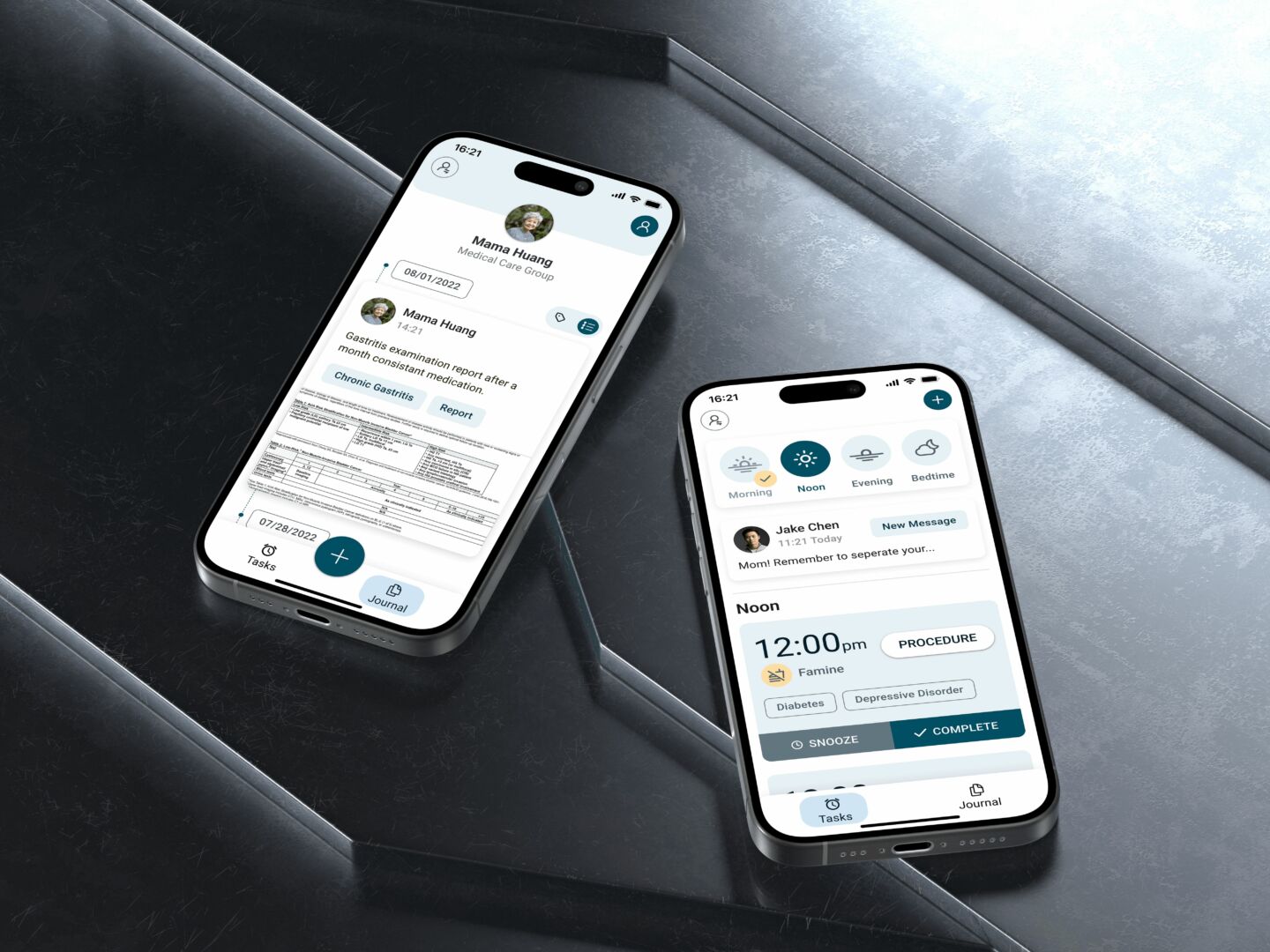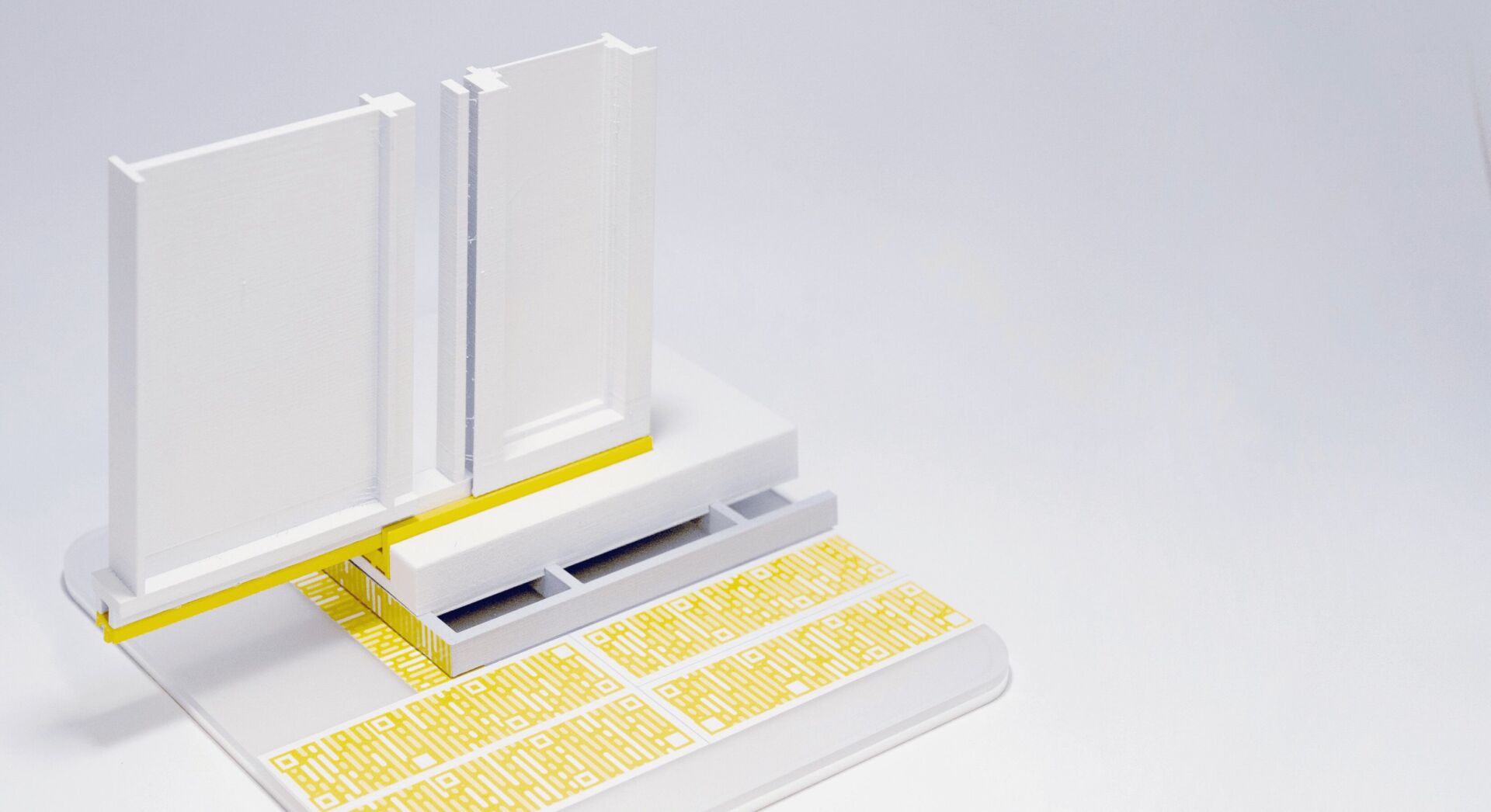Meet Qihang Fan | UX Designer & Product Developer
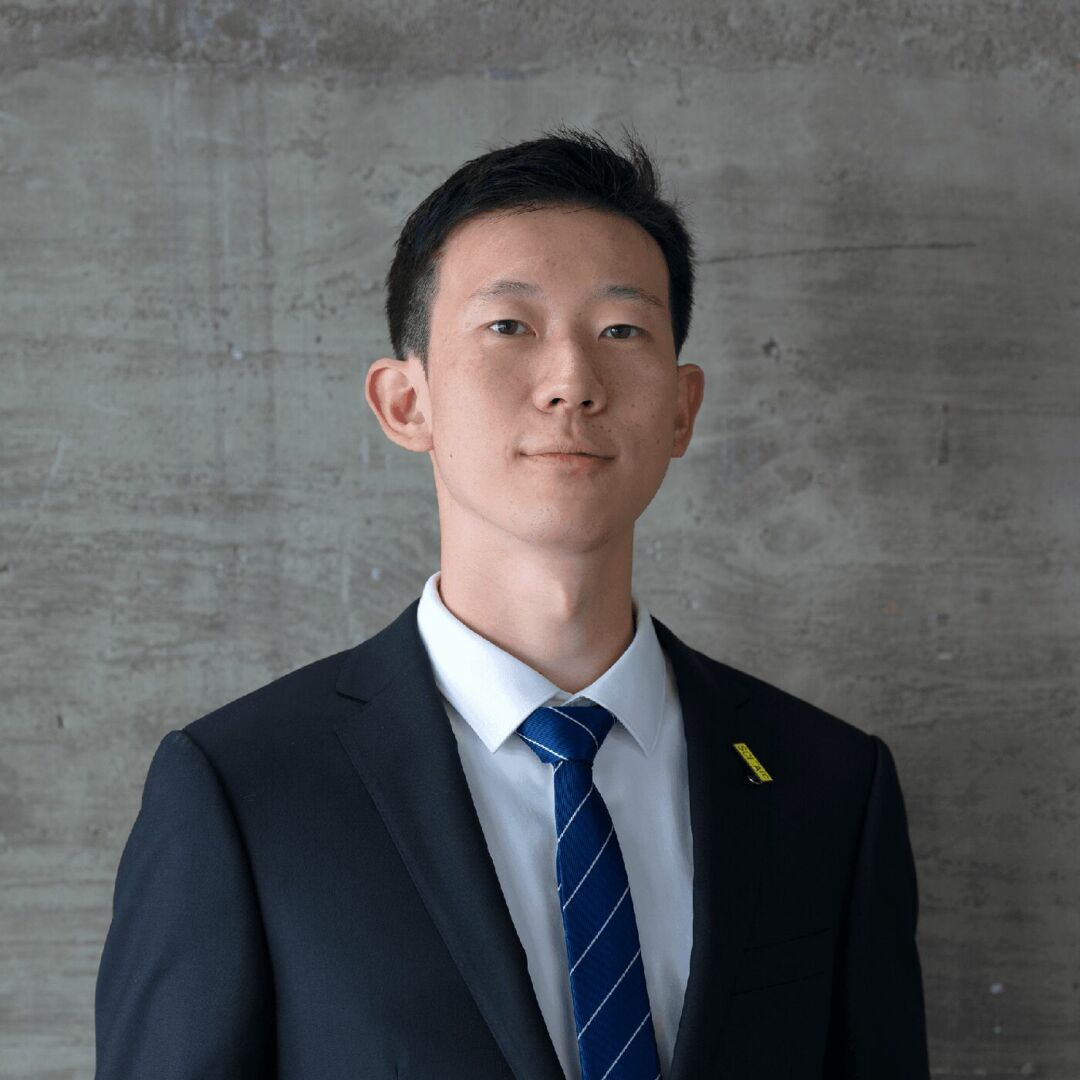
We had the good fortune of connecting with Qihang Fan and we’ve shared our conversation below.
Hi Qihang, is there something you can share with us that those outside of the industry might not be aware of?
Most people believe the product design process is linear – discover a problem, ideate solutions, design a product, and then launch it. In fact, designers present it following a linear storyline to make it easier for the audience to understand. The actual design process resembles a complex, ever-expanding neural network. Depending on the primary purpose, designers may begin at any point that makes sense for the project. While designing, product designers will undoubtedly encounter unexpected challenges, technical limitations, or new design specifications, which influence subsequent design iterations.
The design process is continuous and never truly complete. There is no definitive moment when designers declare a design perfect and final. However, presenting the entire intricate picture of the design thinking network, with its numerous nodes and connections, to the audience is impractical. After all, designers solve problems rather than create them. In order to help the audience understand easily, designers highlight the starting and ending points and depict a simplified linear path between them to explain the rationale behind the final product.
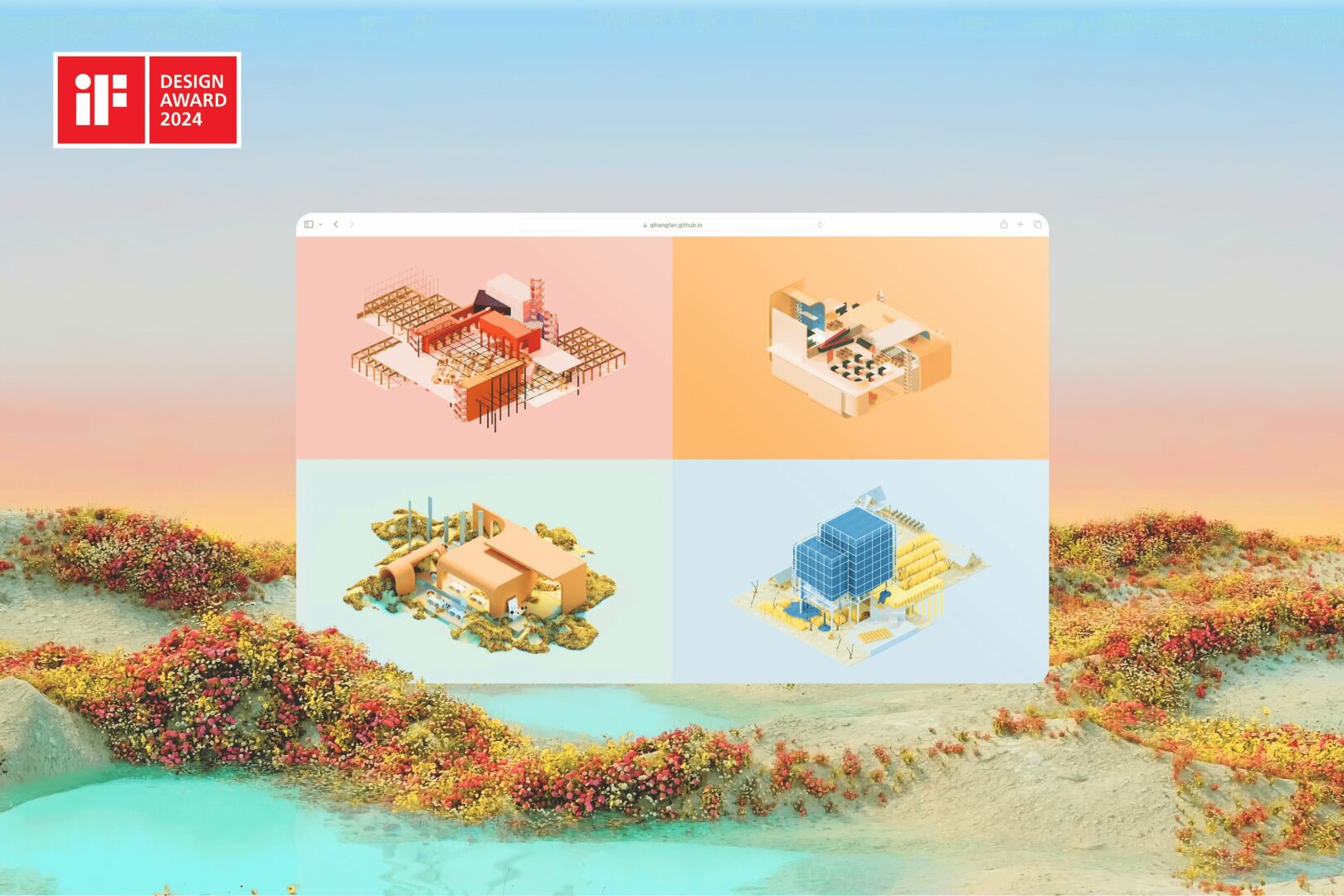
Alright, so let’s move onto what keeps you busy professionally?
I’m currently working as a user experience designer and product developer at Arthrex, where we are pioneering real-time orthopedic assistance with augmented reality technology. Our team strives to enhance the intra-operative experience and surgeons’ procedure accuracy. The advantage of AR technology is its capability to assist surgeons without disrupting their established techniques so that they have full control of the operation with their own hands during the surgery. This ultimately leads to better post-operative recovery for patients.
I love the impact our team is making now. The role is challenging and demands a multidisciplinary skill set to push the boundaries of emerging technology in the medical field. For instance, it first requires a high-level understanding of emerging technologies. Before joining Arthrex, I gained design and development experience in AR (augmented reality), AI (artificial intelligence), and robotics. Solving problems related to emerging technologies is always challenging because there are limited resources online as references. In this case, my hands-on practice and adaptable knowledge are my most powerful tools.
Additionally, a strong healthcare mindset is essential. I have a natural interest in inclusiveness and healthcare innovations. Before Arthrex, I designed an app to remind and track elders’ medication progress collectively. The app aims to reinforce elders’ medication habits through family support, which enhances family connections for social good. Besides that, I built an interactive breadboard prototype for climber’s ligament rehabilitations. It highlights the gamification methodology in healthcare applications.
Moreover, this role requires a strong comprehension of human-centered design across a broader spectrum. Experience in traditional user experience design for screen-based websites and applications is definitely essential. However, designing the AR spatial experience for surgery requires another layer of knowledge in spatial interaction design and human ergonomics to align with surgery criteria and game interactions to minimize learning effort. My background in architectural design has honed my focus on human factors and spatial comfort. You can learn more about my work on my portfolio website (https://www.qihangfan.com).
Sometimes, people will realize that every previous experience adds up to build who they are. This applies to me as well. What I learned along the way is that my passion never disappoints me. It always leads my way.
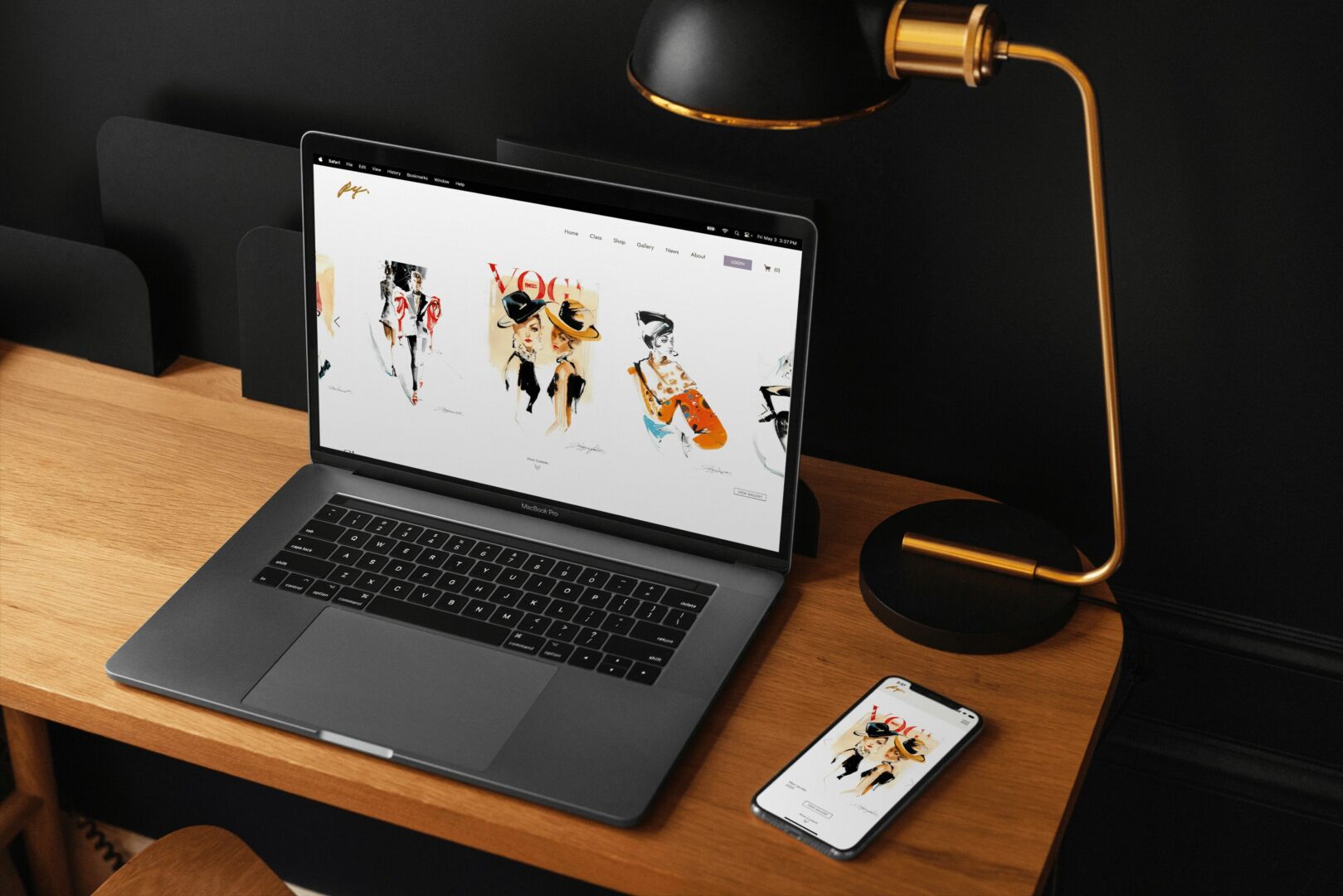
Let’s say your best friend was visiting the area and you wanted to show them the best time ever. Where would you take them? Give us a little itinerary – say it was a week long trip, where would you eat, drink, visit, hang out, etc.
If people visit downtown LA, they can’t miss the Walt Disney Concert Hall, The Broad, and the Museum of Contemporary Art, where architecture and the arts tell stories. Little Tokyo is pretty close, too. Visitors can enjoy Japanese food and have fun with Japanese goods there.
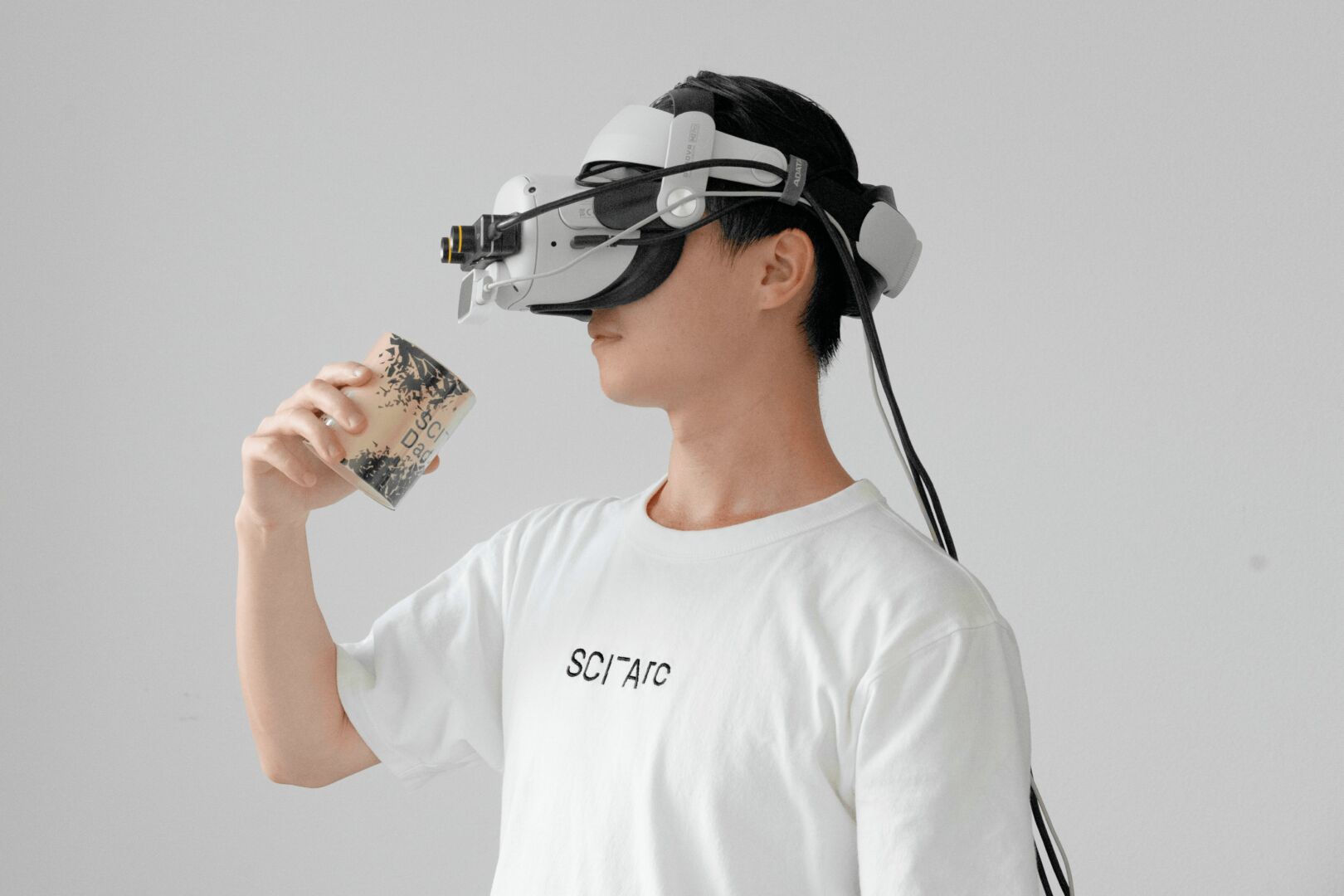
Shoutout is all about shouting out others who you feel deserve additional recognition and exposure. Who would you like to shoutout?
I couldn’t have reached this far without my parents’ support. They have always trusted my decisions and encouraged me to explore various career paths. Even though they aren’t familiar with the emerging technologies I’m currently working on, they try to understand my situation and offer valuable guidance. And they believe that what I’m dedicated to is the future. I am profoundly grateful for their support.
Additionally, I must acknowledge Yu-Cheng Huang, my thesis teammate during the master’s program. We shared the same goal of building multidisciplinary design expertise, not only in architecture but also in product design for emerging technologies. Our thesis was about XR (extended reality) object-oriented interactions within a physical office desktop space. The thesis emphasizes haptic feedback and human ergonomics for XR applications. Now, we are both actively contributing to and making significant impacts in technology development.
Website: https://www.qihangfan.com/
Linkedin: https://www.linkedin.com/in/fqhang/
